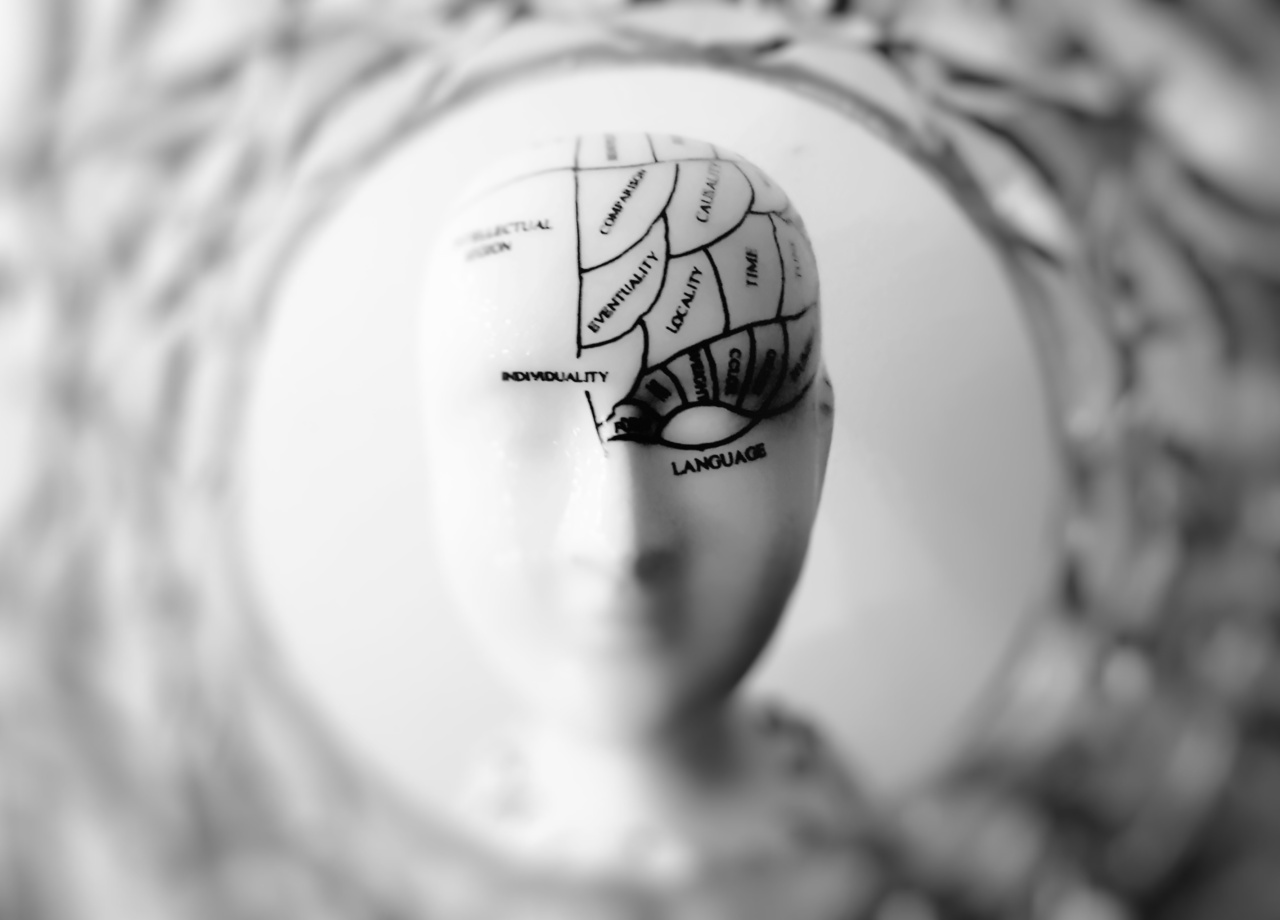Bravery is a quality admired by many. Whether facing physical danger or standing up for one’s beliefs, acts of bravery have captured the imagination of societies throughout history.
But what exactly happens in the brain when someone displays courageous behavior? Recent research in the field of neuroscience has shed light on the complex mechanisms underlying bravery, unraveling the mysteries of the brain’s response to fear and highlighting the role of various regions and neurotransmitters in fostering courage.
The Fear Circuitry
Fear is a fundamental emotion that plays a crucial role in survival. When confronted with a threatening situation, the brain activates a neural circuit known as the fear circuitry, which includes the amygdala, hippocampus, and prefrontal cortex.
The amygdala processes incoming sensory information and sends distress signals to the rest of the brain, triggering the fear response. The hippocampus helps to encode and retrieve memories associated with fear, while the prefrontal cortex plays a role in regulating and controlling fear reactions.
The Role of Amygdala
The amygdala, a small almond-shaped structure located deep within the brain, is often referred to as the fear center. It is responsible for detecting potential threats in the environment and initiating the appropriate response.
Studies have shown that individuals with damage to the amygdala exhibit impaired fear conditioning and an inability to recognize fearful facial expressions, suggesting that the amygdala is crucial for the recognition and processing of fear-related stimuli.
The Hippocampus and Fear Memory
While the amygdala detects and responds to immediate threats, the hippocampus is involved in the formation and retrieval of fear memories.
Memories of fearful events are stored in the hippocampus, creating a blueprint of past experiences that serves as a reference for future encounters. The interaction between the amygdala and hippocampus is essential for the accurate interpretation of fear-related stimuli and the appropriate behavioral response.
The Prefrontal Cortex and Fear Regulation
The prefrontal cortex, located in the front part of the brain, is responsible for higher cognitive functions such as decision-making, impulse control, and emotion regulation.
In the context of fear, the prefrontal cortex plays a crucial role in modulating the fear response generated by the amygdala. Through its connection with the amygdala and other brain regions, the prefrontal cortex can inhibit or suppress fear-related behaviors, allowing individuals to exhibit bravery even in the face of danger.
The Role of Neurotransmitters
Neurotransmitters, chemical messengers that transmit signals between nerve cells, also play a significant role in the brain’s response to fear and bravery.
Two neurotransmitters, in particular, have been extensively studied in relation to fear and courage: serotonin and dopamine.
Serotonin and Fear
Serotonin is a neurotransmitter associated with mood regulation, among other functions. Research suggests that serotonin can dampen fear responses, enabling individuals to remain calm and composed even in threatening situations.
Low levels of serotonin have been linked to anxiety disorders and an increased vulnerability to stress, whereas higher levels of serotonin contribute to a more resilient emotional response.
Dopamine and Reward
Dopamine is often known as the “feel-good” neurotransmitter, associated with pleasure and reward. Recent studies have revealed its involvement in the neural circuits underlying bravery and courage.
Dopamine signals influence the motivation to approach and engage in potentially rewarding situations, overriding the fear response generated by the amygdala. This suggests that the interplay between dopamine and fear circuitry is crucial for promoting courageous behavior.
Environmental Factors and Bravery
While the brain mechanisms of bravery provide valuable insights into the neural underpinnings of courage, it is essential to acknowledge the influence of environmental factors on brave behavior.
The upbringing, social context, and cultural norms all contribute to shaping an individual’s inclination towards bravery. For instance, exposure to adversity or role models displaying courageous acts can strengthen one’s perception of bravery and increase the likelihood of exhibiting brave behavior.
Implications for Understanding and Enhancing Bravery
The emerging understanding of the brain mechanics of bravery has implications for therapeutic interventions targeting fear-related disorders and for fostering courage in individuals.
By targeting the various components of the fear circuitry, such as the amygdala, hippocampus, and prefrontal cortex, interventions can aim to modulate fear responses and increase resilience to fear-inducing stimuli. Additionally, pharmacological approaches targeting serotonin or dopamine pathways may provide an avenue for enhancing bravery in individuals facing fear and anxiety.
Conclusion
Bravery is a complex behavior that is rooted in the intricate workings of the brain.
The amygdala, hippocampus, and prefrontal cortex form a network that enables the detection, processing, and regulation of fear, allowing individuals to exhibit courageous behavior. Furthermore, neurotransmitters like serotonin and dopamine modulate the brain’s response to fear, influencing the motivation to approach rewarding situations and dampening fear responses.
Understanding the brain mechanics of bravery not only enhances our knowledge of human behavior but also opens up new possibilities for interventions that can promote courage and resilience.





























